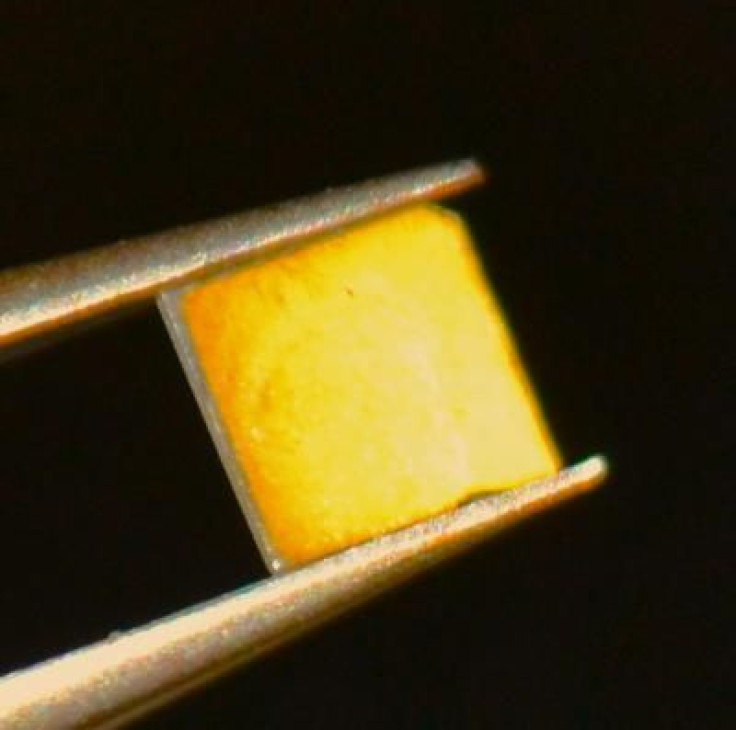‘Spin Ice:’ Scientists Manipulate Ultra-Thin Substance In Pursuit Of ‘Magnetricity’

Scientists looking to develop “magnetricity,” electricity’s magnetic counterpart, are one giant step closer in their pursuit. Researchers in the U.K. have created thin films of “spin ice,” a substance that defies the third law of thermodynamics, and manipulated it in a way that could be used to produce magnetic technology.
The third law of thermodynamics states that at a temperature of absolute zero, defined as zero kelvin (or minus 459.67 degrees Fahrenheit), the entropy (a measure of the randomness of atoms within a substance) of a perfect crystal is also zero. In other words, a system reaches its minimum possible energy at the absolute coldest temperature there is.
But there’s one notable exception to this rule. Spin ice is a substance that doesn’t have a single minimal-energy state. It’s also defined as a kind of magnet whose constant interactions keep it from ever completely freezing. The randomness of its exchanges gives spin ice unique properties like magnetic monopoles, isolated magnetic charges that have only one magnetic pole. Magnets, even at an atomic level, normally have two poles, a north and a south. No matter how many times you split a magnet, it will always have a north and south pole. That’s what makes monopoles so unique.
According to a new study published in the journal Nature Communications, scientists have actually discovered a way to restore the third law of thermodynamics in spin ice.
“A characteristic feature of spin ice is its apparent violation of the third law of thermodynamics,” the authors note. “This leads to a number of interesting properties including the emergence of an effective vacuum for magnetic monopoles and their currents – magnetricity.”
Scientists created ultra-thin films of spin ice that were only a few nanometers thick. They found that at about half a degree above absolute zero, the spin ice’s entropy disappeared.
"This result shows that we can use strain to drastically alter and control the spin ice state," Laura Bovo of the University of London’s Center for Nanotechnology and lead author of the study, said in a statement. "It opens up new possibilities for the control and manipulation of magnetricity and magnetic monopoles in spin ice."
Scientists first demonstrated magnetricity in 2009. According to New Scientist, a team of physicists fired neutrons at spin ice made of titanium-containing compounds that were chilled to just above zero kelvin and found that monopoles were present in the material. Further analysis revealed that the monopoles actually produced a magnetic current similar to the way the flow of electrons produces an electrical current.
Magnetricity has applications for compute hard disks and other magnetic technology.
© Copyright IBTimes 2024. All rights reserved.












